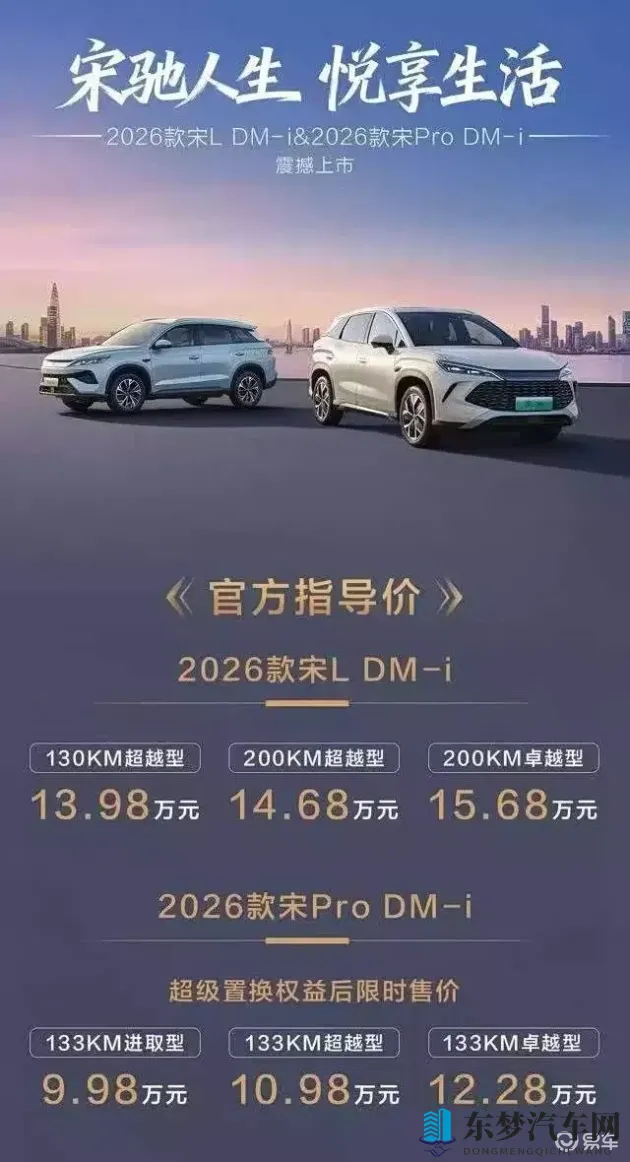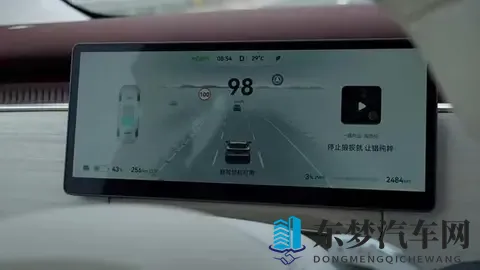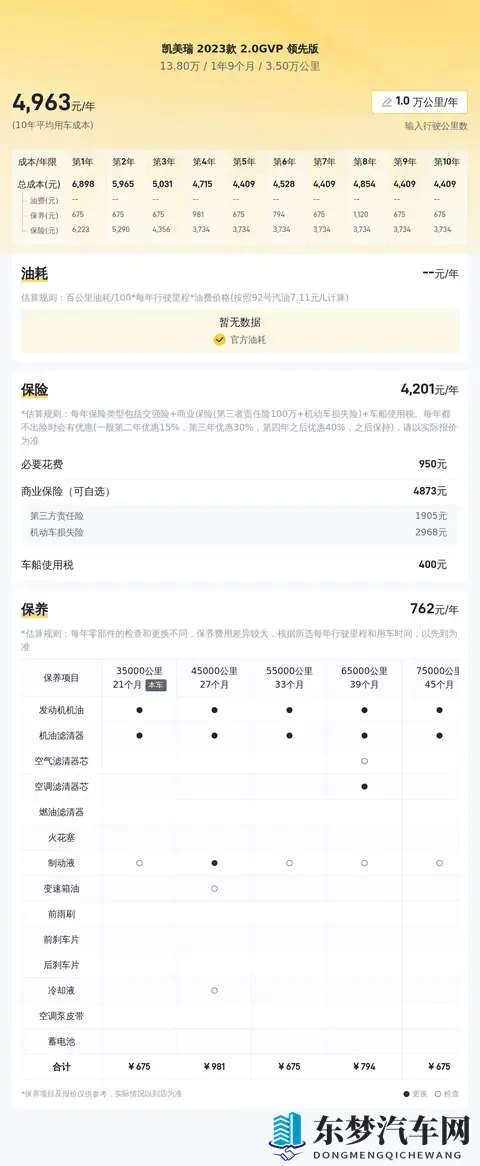The automotive industry is no stranger to innovation, but sometimes, inspiration can come from the most unexpected places. One such source of inspiration is a concept derived from "The Teacher's Rabbit," a popular Chinese fable. This story has transcended cultural boundaries and has now found its way into the world of car design, leading to groundbreaking advancements.
In "The Teacher's Rabbit," a teacher teaches his students that the most valuable things in life are not tangible, but rather the lessons learned. This philosophy has been ingeniously applied to car design, emphasizing the importance of learning and adaptability in the rapidly evolving automotive sector.
One of the key takeaways from "The Teacher's Rabbit" is the idea of adaptability. In the car industry, this means designing vehicles that can seamlessly integrate new technologies and features. By focusing on modular and flexible design principles, manufacturers can ensure that their cars remain relevant and competitive for years to come.

Car designers have taken the concept of "The Teacher's Rabbit" to heart, creating vehicles that not only look futuristic but also embody the essence of learning and growth. For instance, the new line of electric cars features an innovative "learning mode" that allows the vehicle to adapt to the driving habits of its owner, optimizing performance and efficiency.

Another aspect of "The Teacher's Rabbit" that has influenced car design is the emphasis on safety. In the fable, the rabbit teaches its students the importance of caution and preparation. This has led to the development of advanced safety features such as autonomous emergency braking, lane departure warning, and adaptive cruise control, all aimed at reducing accidents and protecting passengers.
As the world becomes more environmentally conscious, the automotive industry is under pressure to reduce its carbon footprint. Drawing inspiration from "The Teacher's Rabbit," car manufacturers are now focusing on sustainable materials and energy-efficient technologies. This includes the use of renewable materials for interiors and the integration of solar panels to power auxiliary systems.

The influence of "The Teacher's Rabbit" on car design is just beginning to unfold. As the industry continues to evolve, we can expect to see even more innovative and sustainable vehicles hitting the market. The key will be to remain adaptable and focused on learning, just as the rabbit teaches its students.